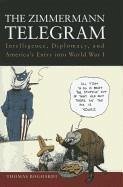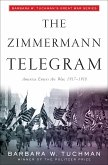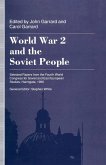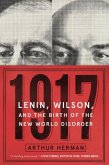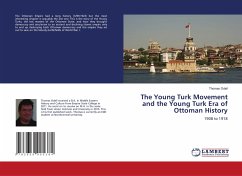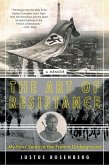In January 1917, British naval intelligence intercepted a secret telegram from Germany's foreign secretary, Arthur Zimmermann, offering his country's support to Mexico for regaining lost territory in the U.S. in exchange for a Mexican attack on the United States. Five weeks later, America entered World War I. This remarkable study taps fresh sources to provide a definitive account of the origins, cryptanalysis, and impact of the German alliance scheme. Challenging many widely accepted views of what happened, the author contends that the telegram was a spontaneous initiative, not the result of a long-term German plan. He further argues that the telegram did not rally Americans for war, but instead proved divisive, alienating isolationist and pacifist groups and lawmakers. He also corrects mistakes made previously about how the telegram was sent and coded. The book's new findings, as well as a firsthand account of how the telegram was conceived, published here for the first time, are certain to attract attention.
Hinweis: Dieser Artikel kann nur an eine deutsche Lieferadresse ausgeliefert werden.
Hinweis: Dieser Artikel kann nur an eine deutsche Lieferadresse ausgeliefert werden.

